The Army Combat Fitness Test (ACFT) represents a pivotal shift in the U.S. Army’s approach to assessing and enhancing soldier fitness, emphasizing a holistic view of physical readiness crucial for modern combat and operational demands.
Integral to this assessment is the ACFT’s height and weight standards, designed to ensure that soldiers not only meet the physical challenges of their roles but also maintain optimal health and performance levels. These standards, rooted in comprehensive research and operational requirements, underscore the Army’s commitment to a fit and agile force, capable of excelling in diverse and demanding environments.
This article delves into the specifics of these standards, exploring their significance, measurement protocols, and impact on soldiers’ training and career progression, providing a thorough understanding of how the ACFT height and weight requirements contribute to the overarching goal of military readiness and effectiveness.
Why Are Height and Weight Standards Important in ACFT?
[tds_note]The Army Combat Fitness Test (ACFT) represents a significant shift in how the United States Army assesses the physical readiness of its soldiers. Unlike its predecessor, the Army Physical Fitness Test (APFT), which focused primarily on aerobic endurance and muscular endurance through push-ups, sit-ups, and a 2-mile run, the ACFT includes a broader array of events [1].[/tds_note]

These events aim to evaluate a soldier’s physical fitness more comprehensively, measuring aspects such as strength, power, speed, agility, and endurance. Given the diverse physical demands of these events, including deadlifts, a standing power throw, hand-release push-ups, a sprint-drag-carry, leg tucks, and a 2-mile run, the importance of height and weight standards within the ACFT context becomes a topic of considerable relevance.
Health and Readiness
Height and weight standards in the ACFT are crucial for several reasons, with health and readiness at the forefront. The U.S. Army employs these standards to ensure that soldiers maintain an optimal level of physical health and are capable of performing their duties under physically demanding conditions. Excessive body weight or an unhealthy body composition can significantly impact a soldier’s mobility, agility, and stamina, thereby affecting their performance in the ACFT and, more importantly, in combat situations. Maintaining these standards helps in preventing obesity-related health issues, which can lead to decreased operational effectiveness and increased medical costs.
Fair and Objective Assessment
The ACFT is designed to be a fair and objective measure of a soldier’s physical fitness, relevant to their duties regardless of age or gender. Height and weight standards contribute to this objectivity by ensuring that all soldiers, regardless of their physical dimensions, are held to a consistent standard of physical readiness. These standards help to normalize the ACFT’s scoring system, making it a more equitable measure of a soldier’s capability to perform tasks that require physical strength, endurance, and agility [2].
Performance Predictability
There is a correlation between a soldier’s physical dimensions and their ability to perform certain physical tasks. For instance, a well-conditioned soldier with a height and weight proportionate to the standards is likely to perform better in events that require lifting, carrying, or moving loads, which are critical skills on the battlefield. By maintaining height and weight within the recommended standards, the Army ensures that its personnel possess the physical attributes necessary to meet the demands of their roles effectively.
Enhancing Combat Effectiveness
The ultimate goal of the ACFT is to enhance the combat effectiveness of the Army. This comprehensive fitness test ensures that soldiers are not only physically prepared for the rigors of combat but also capable of executing complex tasks that require a combination of physical attributes, such as strength, endurance, and agility. Height and weight standards play a crucial role in achieving this goal by promoting a level of physical fitness that enables soldiers to perform their duties efficiently, withstand the physical stresses of combat, and reduce the risk of injury.
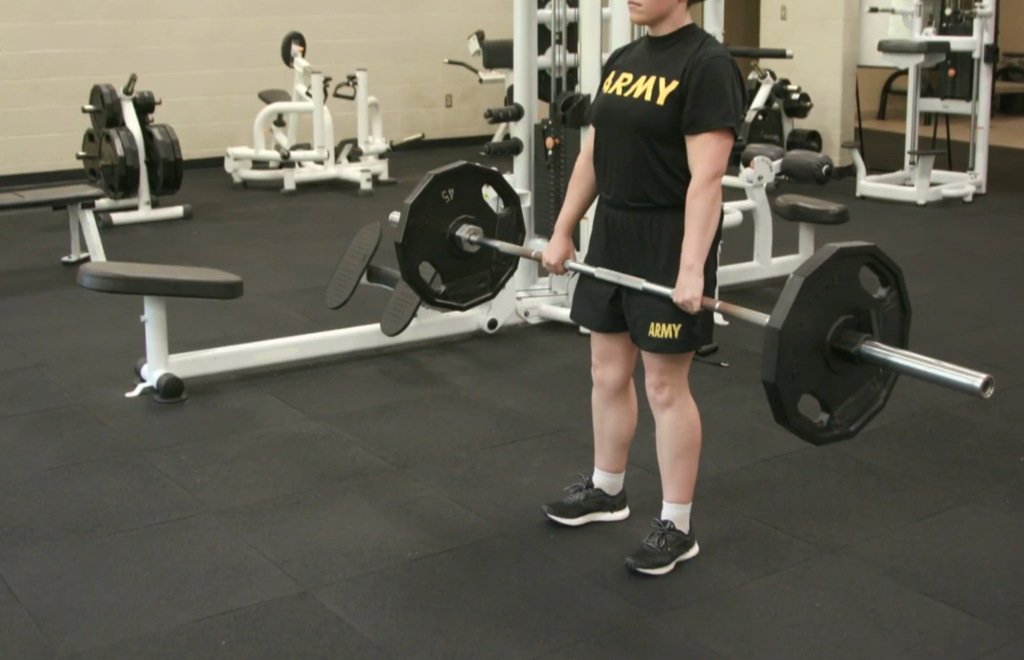
Encouraging Healthy Lifestyles
By enforcing height and weight standards, the Army motivates soldiers to adopt and maintain healthy lifestyles. These standards serve as a benchmark for soldiers to assess their physical health and make necessary adjustments to their diet, exercise, and overall lifestyle. This not only improves their performance in the ACFT but also enhances their quality of life, reduces the risk of chronic diseases, and increases their longevity within the force.
Operational Readiness
Operational readiness is paramount in the military, and soldiers must be physically prepared to deploy at a moment’s notice. Height and weight standards ensure that soldiers maintain a level of physical fitness that allows them to rapidly respond to operational demands [3]. Soldiers who meet these standards are more likely to possess the physical capabilities required for rapid mobilization, sustained operational performance, and resilience in the face of physical and mental stressors.
ACFT Height and Weight Standards in 2024:
The Army Combat Fitness Test (ACFT) is a comprehensive test designed to assess the physical fitness of soldiers in the United States Army. The test covers six domains: strength, power, speed, agility, endurance, and flexibility. One crucial element of this test is the height and weight standards. These standards help ensure that soldiers maintain optimal health and performance levels.
The ACFT height and weight standards have been revised over the years to reflect the evolving understanding of health and fitness.
As of 2024, the standards are as follows:
Female Height and Weight Standards
- For female soldiers, the height and weight standards are based on their height and age. The Army has created a range of acceptable weights for each height, with the minimum weight required to pass the ACFT increasing with height;
- For example, a female soldier who is 5 feet tall (60 inches) should weigh between 97 and 128 pounds, depending on her age. As the height increases, so does the acceptable weight range [4]. A female soldier who is 6 feet tall (72 inches) should weigh between 144 and 184 pounds, again depending on age;
- The Army also considers body composition when assessing fitness. Female soldiers must have a body fat percentage of less than 30% to pass the ACFT. This percentage is calculated using the circumference of the neck and waist, as well as the height;
Male Height and Weight Standards
- For male soldiers, the height and weight standards are also based on their height and age. The acceptable weight range increases with height;
- For instance, a male soldier who is 5 feet tall should weigh between 102 and 132 pounds, depending on his age [5]. A male soldier who is 6 feet tall should weigh between 140 and 199 pounds;
- The body fat percentage for male soldiers should be less than 20% to pass the ACFT. This percentage is calculated using the circumference measurements of the neck and waist, as well as the height;
The ACFT height and weight standards are designed to ensure that all soldiers are fit and ready for combat. They help the Army maintain a healthy and effective fighting force. Soldiers who do not meet these standards are provided with resources and support to help them achieve their fitness goals.
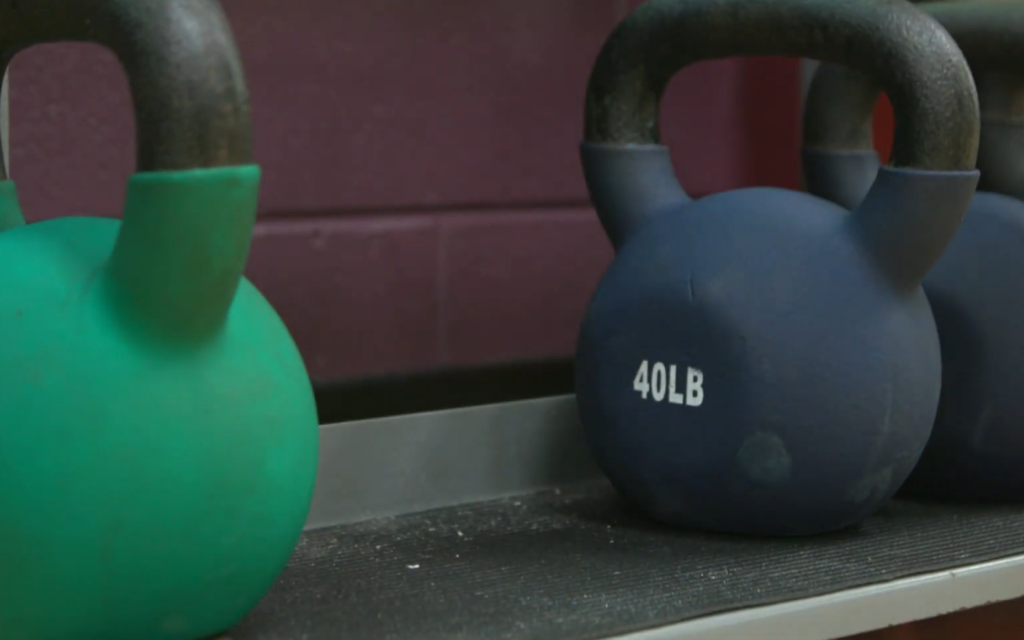
Army Height and Weight Medical Evaluation:
The U.S. Army’s approach to ensuring the physical readiness and overall health of its soldiers is multifaceted, with height and weight measurements playing a crucial role. These measurements are not merely bureaucratic formalities but are integral components of a comprehensive health and fitness evaluation process. This process aids in identifying soldiers who may not meet the Army’s physical fitness standards or who may be at risk for obesity-related health conditions.
Understanding how these measurements are taken and their implications can provide insights into the Army’s commitment to maintaining a fit and combat-ready force.
How Are Weight and Height Measurements Taken?
The process of measuring a soldier’s height and weight is standardized across the U.S. Army to ensure accuracy, fairness, and consistency. The procedure is typically carried out in a controlled environment, often during medical evaluations, physical fitness assessments, or at designated times as determined by Army regulations.
Height Measurement:
- Soldiers are required to remove their shoes and any headgear, ensuring that hairstyles that may affect their height measurements are compressed;
- The individual stands on a flat surface against a wall-mounted or free-standing stadiometer, with their heels together and back straight. The head is positioned so that the line of sight is perpendicular to the body, aligning with the Frankfort plane (a hypothetical line that runs from the ear canal to the lower orbit of the eye) [6];
- The measurer then slides the horizontal headpiece of the stadiometer down onto the soldier’s head with sufficient pressure to compress the hair slightly. The measurement is taken to the nearest 0.1 inch or centimeter, depending on the instrument’s calibration;
Weight Measurement:
- Soldiers are weighed without shoes and in minimal clothing, typically in physical training uniform shorts and t-shirt, to ensure that the weight of the clothing does not significantly affect the measurement;
- The scale used for weight measurements is calibrated regularly to ensure accuracy. The soldier steps onto the center of the scale, standing still with weight evenly distributed on both feet;
- The weight is recorded to the nearest 0.1 pound or kilogram, following the calibration of the scale;

Body Composition Assessment
For soldiers who exceed the Army’s weight standards for their height, a further body composition assessment is conducted to determine their body fat percentage. This assessment is crucial as it acknowledges that muscle mass can contribute to a higher weight in physically fit individuals, and it helps in distinguishing between a healthy physique and one that carries excessive body fat.
Tape Test Method:
- The Army primarily uses the tape test method for body composition assessment. This method involves measuring the circumference of specific body parts;
- For men, the neck and abdomen (at the navel level) are measured, and for women, the neck, waist (the narrowest part of the abdomen), and hips (the widest part of the buttocks) are measured;
- These measurements are then used in a formula that estimates body fat percentage based on the differences between the circumferences of the neck and other body parts, adjusted for height;
Medical Evaluation and Waivers
Soldiers who exceed the body fat standards may undergo a medical evaluation to identify any underlying health issues contributing to their body composition. This evaluation is comprehensive, covering dietary habits, physical activity levels, and any medical or genetic conditions affecting weight and body composition.
In certain cases, waivers may be granted for soldiers who exceed body fat standards but are otherwise in excellent physical condition, show no signs of obesity-related health issues, and meet all other physical and performance requirements. These waivers acknowledge the limitations of body composition assessment methods and the importance of individual health and performance metrics.
Implications and Support
The Army’s height and weight measurement process, and subsequent body composition assessment, serve several critical purposes:
- Operational Readiness: Ensuring soldiers maintain a healthy weight and body composition is vital for their physical readiness and ability to perform combat tasks efficiently;
- Health and Wellness: The evaluation process helps identify soldiers at risk for obesity-related health conditions, allowing for early intervention through nutrition counseling, physical training programs, and medical treatment if necessary;
- Fairness and Objectivity: By standardizing the measurement and evaluation process, the Army aims to ensure that all soldiers are assessed fairly and consistently, with adjustments made for those with differing body compositions due to muscle mass or other factors [7];
To support soldiers in meeting the height and weight standards, the Army offers various resources, including nutrition counseling, physical fitness programs, and healthcare services. These resources are designed to promote healthy lifestyle choices, improve physical fitness, and, ultimately, ensure the well-being and combat readiness of every soldier.
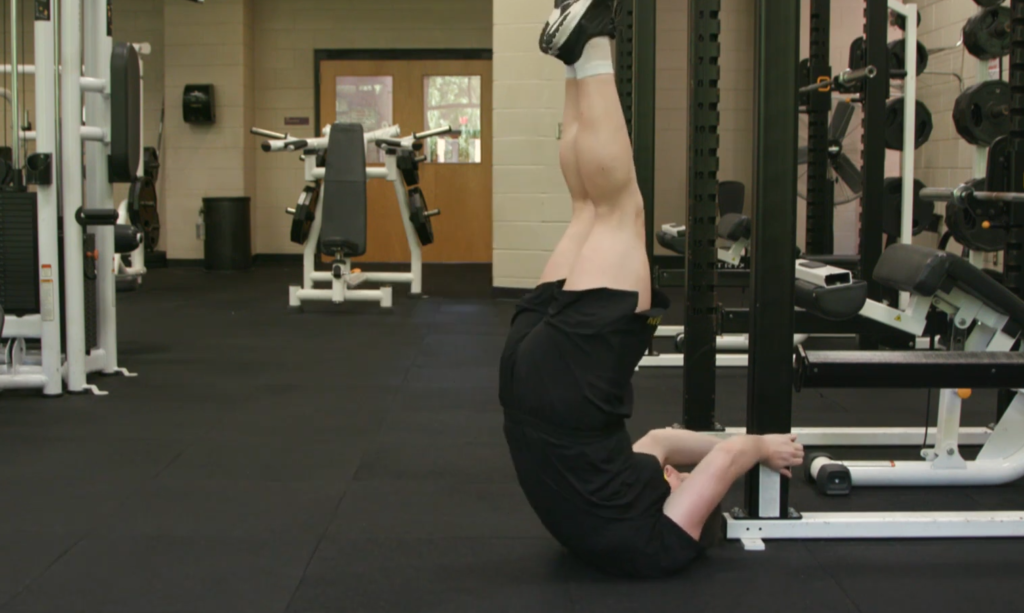
Body Fat Requirements
If a soldier exceeds the Army’s weight standards for their age, height, and gender, they are then assessed for body fat percentage. The Army uses a gender-specific body fat assessment, which involves measuring neck and waist circumference for men, and neck, waist, and hip circumference for women. The measurements are used to estimate body fat percentage using standardized Army calculation methods.
[tds_info]The Army has set maximum allowable body fat percentages based on age and gender. For example, males aged 17-20 cannot exceed 20% body fat, and females in the same age group cannot exceed 30% body fat. These percentages gradually increase with age, reflecting changes in body composition as soldiers get older.[/tds_info]
Height Requirements
The Army has established minimum and maximum height standards to ensure that all equipment can be used effectively by all soldiers and that the force can operate cohesively. The minimum height requirement for men is 60 inches (5 feet), and for women, it is 58 inches (4 feet 10 inches) [8]. The maximum height allowed is 80 inches (6 feet 8 inches) for both genders. These requirements are in place to ensure that soldiers can perform a wide range of tasks without the limitation of their physical stature.
Growth Allowance
Recognizing that individuals continue to grow and that their body composition changes over time, the Army provides a growth allowance in its height and weight standards. This allowance accounts for natural changes in body weight and composition, ensuring that soldiers are not unfairly penalized for physiological growth or changes that occur with aging. However, the specifics of this allowance are subject to the Army’s current regulations and may vary based on a comprehensive review of each case.
Weight Requirements
The Army’s weight requirements are based on height, age, and gender and are designed to correspond with the body fat standards. These requirements are detailed in tables that provide the allowable weight range for a given height. Soldiers who fall outside these ranges may be subject to further evaluation or entered into a weight management program.
For instance, a male soldier between the ages of 17 and 20, measuring 68 inches (5 feet 8 inches) in height, has an allowable weight range from 121 to 165 pounds [9]. If a soldier’s weight exceeds these standards, they must undergo a body fat assessment to determine their eligibility for continued service.
Weight Waiver
In certain cases, soldiers who exceed the Army’s body fat standards may be granted a waiver if they can demonstrate that their excess weight does not hinder their physical performance and readiness. The waiver process involves a thorough evaluation, including physical fitness tests, medical examinations, and an assessment of the soldier’s duties and performance.
The waiver is not easily granted and requires the soldier to show a commitment to achieving and maintaining physical fitness standards. Soldiers granted a waiver are often enrolled in a monitored weight loss program and must meet specific criteria within a designated timeframe to retain the waiver.

Army Fitness Test Exemption
The Army Combat Fitness Test (ACFT) is a critical component of the U.S. Army’s physical readiness training program, designed to assess soldiers’ strength, endurance, and mobility through various challenging events. However, there are circumstances under which soldiers may be granted an exemption from participating in the ACFT.
Criteria for ACFT Exemption
Exemptions from the ACFT are typically granted on the grounds of medical conditions, pregnancy/postpartum status, and temporary physical limitations. The Army’s primary concern is the health and safety of its soldiers; therefore, any condition that could be aggravated by the test or that would make participation unsafe justifies consideration for an exemption.
Detailed criteria include:
- Medical Conditions: Soldiers with temporary or permanent medical profiles that include restrictions against one or more components of the ACFT may be exempted. These profiles must be issued by a qualified military healthcare provider and clearly outline the restrictions based on the soldier’s health status;
- Pregnancy/Postpartum: Female soldiers who are pregnant, as well as those in the postpartum period (typically for 180 days after delivery), are exempt from taking the ACFT. This policy supports the health and well-being of the soldier and child, acknowledging the physical demands and potential risks associated with the test during and after pregnancy;
- Recovery from Injury: Soldiers recovering from an injury may receive a temporary exemption from the ACFT until they are medically cleared to participate. The duration of this exemption is based on the recovery timeline as determined by medical professionals;
Process for Obtaining an Exemption
Obtaining an exemption from the ACFT involves several steps, primarily focused on documentation and approval from appropriate authorities:
- Medical Evaluation: The soldier must undergo a medical evaluation by a military healthcare provider to assess the condition that may warrant an exemption;
- Documentation: If the healthcare provider determines that an exemption is warranted, they will document the condition, restrictions, and recommended duration of the exemption on the soldier’s medical profile;
- Approval: The medical profile, including the exemption recommendation, is then reviewed and approved by the unit’s commanding officer. This process ensures that exemptions are granted based on legitimate medical or physical needs;
- Monitoring and Reassessment: Soldiers with temporary exemptions are monitored for their progress and reassessed periodically to determine if they can safely participate in the ACFT in the future;
Implications of an ACFT Exemption
While exemptions are necessary for certain situations, they carry implications for a soldier’s career and unit readiness:
- Career Progression: Extended exemptions might impact a soldier’s eligibility for certain assignments, promotions, or professional development opportunities, depending on the nature and duration of the exemption;
- Physical Readiness: Soldiers exempt from the ACFT are still expected to maintain physical fitness to the best of their ability, consistent with their medical profile. Units may develop alternative training plans to keep these soldiers as physically ready as possible;
- Unit Readiness: Commanders must balance the need for individual exemptions with the overall readiness and physical capability of their unit. This may involve adjusting training plans or reassigning duties to ensure that the unit remains effective;

Army Weight Control Program
The U.S. Army is committed to maintaining the health and readiness of its soldiers, and the Army Weight Control Program (AWCP) is a cornerstone of this commitment. The AWCP is designed to help soldiers achieve and maintain optimal weight and body fat standards, which are crucial for physical readiness and overall health.
The AWCP is governed by Army Regulation 600-9, which outlines the requirements for height, weight, and body composition for all active-duty soldiers. Soldiers who do not meet these requirements are automatically enrolled in the AWCP.
The primary goal of the AWCP is to ensure that all soldiers have an appropriate body composition for their height and age. This is assessed through a Body Fat Assessment (BFA), which uses specific circumference measurements to estimate body fat percentage.
Components of the Army Weight Control Program
Education and Counseling
One of the main components of the AWCP is education and counseling on nutrition and physical activity. Soldiers enrolled in the program receive one-on-one counseling with a registered dietitian or a certified health educator. They are educated about proper nutrition, portion control, meal planning, and the benefits of regular physical activity.
Physical Training
Physical training is a critical part of the AWCP. Soldiers are required to participate in a structured, progressive exercise program designed to improve their physical fitness and promote weight loss. The training program includes aerobic exercises, strength training, and flexibility exercises.
Monitoring and Evaluation
Soldiers enrolled in the AWCP are regularly monitored and evaluated to track their progress. This includes monthly weigh-ins and body fat assessments. If a soldier fails to make satisfactory progress within a specified period, they may be subject to administrative actions.
Benefits of the Army Weight Control Program
The AWCP provides numerous benefits to soldiers. It promotes health and wellness, reduces the risk of obesity-related diseases, and enhances physical performance and military readiness. The program also fosters a culture of fitness within the Army, encouraging all soldiers to take an active role in managing their health and well-being.
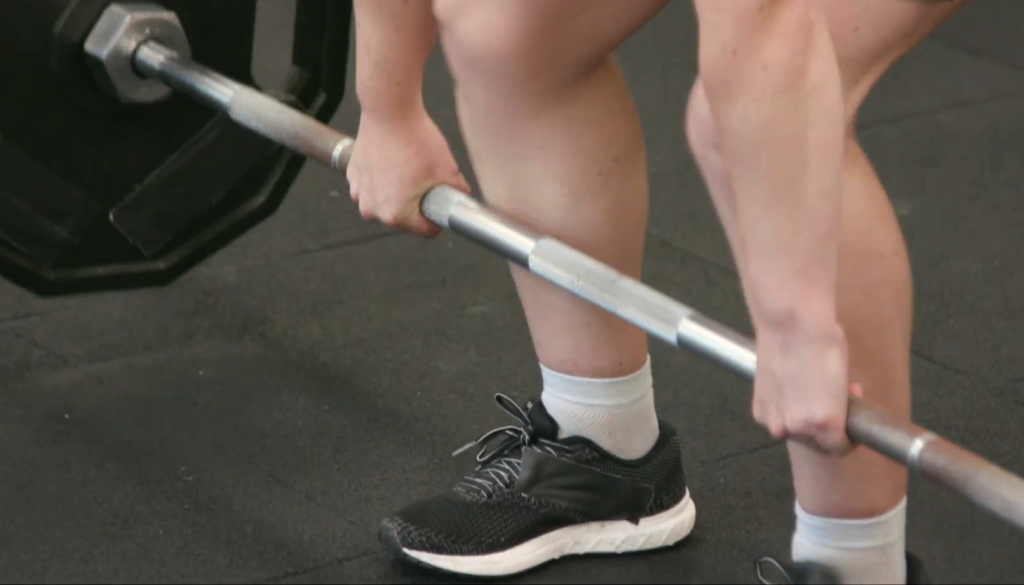
What Happens If You Fail The Height and Weight Standards?
The U.S. Army has stringent height and weight standards to ensure the health, fitness, and readiness of its soldiers. But what happens if a soldier fails to meet these standards? The repercussions can be significant, impacting both the soldier’s career progression and their overall health.
Initial Failure
When a soldier fails to meet the height and weight standards for the first time, they are enrolled in the Army Weight Control Program (AWCP). This program is designed to help soldiers achieve and maintain the required weight and body fat standards.
Enrollment in the AWCP involves education and counseling on nutrition and physical activity, a structured physical training program, and regular monitoring of weight and body fat. The soldier is given a reasonable period (usually between three to nine months) to meet the required standards.
Continued Failure
If a soldier fails to make satisfactory progress in the AWCP or fails to meet the required standards within the given timeframe, they may be subject to administrative actions.
These actions can include:
- Bar to Reenlistment: Soldiers who consistently fail to meet the height and weight standards may be barred from reenlisting in the Army;
- Removal from Promotions List: Soldiers who are on a promotions list may be removed if they fail to meet the required standards;
- Flagging Actions: Soldiers may be flagged, which means they are ineligible for promotions, reenlistments, and participation in professional military schools;
- Separation from the Army: In severe cases, soldiers who consistently fail to meet the height and weight standards may be separated from the Army under the provisions of AR 635-200, Chapter 18;
It’s important to note that these actions are not meant to punish soldiers but rather to ensure the readiness and effectiveness of the Army. Soldiers who fail to meet the height and weight standards are given ample resources and opportunities to improve their fitness and achieve the required standards.
Health Implications
Failing to meet the height and weight standards can also have serious health implications. Being overweight or obese increases the risk of numerous health problems, including heart disease, diabetes, high blood pressure, and certain types of cancer. It can also impact a soldier’s physical performance and readiness.
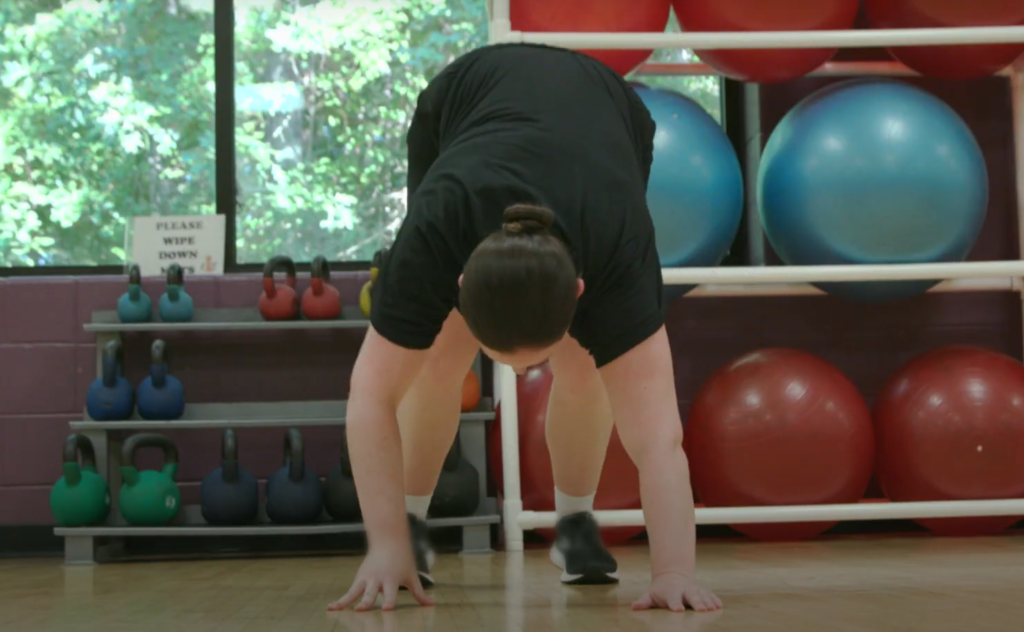
FAQ:
1. What is the height and weight regulation for the ACFT?
The height and weight regulation for the Army Combat Fitness Test (ACFT) aligns with the U.S. Army Regulation 600-9, which stipulates that soldiers must meet specific body fat standards based on their age, gender, and height. These standards ensure soldiers maintain optimal physical readiness and health.
2. What are the ACFT regulations for 2024?
The specific changes to the ACFT regulations for 2024 were not detailed. However, the Army continually assesses and updates physical fitness requirements to enhance soldier readiness and performance. For the latest regulations, refer to official U.S. Army publications or your unit’s chain of command.
3. Is 540 on ACFT exempt from height and weight?
Scoring 540 or above on the ACFT does not automatically exempt a soldier from height and weight requirements. All soldiers, regardless of their ACFT score, must meet the Army’s body composition standards as per AR 600-9.
4. Is the ACFT changing in 2024?
The possibility of changes to the ACFT in 2024 or beyond exists as the Army continuously evaluates the effectiveness of its fitness testing to ensure it meets operational needs. For the most current information, consult the latest Army directives or contact your unit’s physical fitness officer.
5. Is the Army changing the ACFT standards?
The Army periodically reviews and updates ACFT standards to align with operational requirements and enhance soldier fitness. Any changes to the standards are communicated through official Army channels and are designed to maintain a high level of readiness and physical capability among all soldiers.
6. Can you do height and weight on the same day as ACFT?
Yes, height and weight measurements can be conducted on the same day as the ACFT. However, units may schedule these assessments separately to manage time effectively and ensure accurate measurements.
7. Is the ACFT hard?
The difficulty of the ACFT varies for each individual based on their physical conditioning, training, and familiarity with the test events. The test is designed to be challenging to assess a soldier’s fitness across a range of physical domains. Proper preparation and training can significantly improve performance.
8. How hard is getting a 600 on the ACFT?
Achieving the maximum score of 600 on the ACFT is highly challenging and requires exceptional physical fitness, preparation, and proficiency in all six events of the test. It represents the highest level of physical readiness and is achieved by a small percentage of soldiers.
9. Is the ACFT based on age?
Yes, the ACFT includes age-adjusted scoring standards, acknowledging that physical capabilities can vary with age. The test is designed to ensure all soldiers, regardless of age, meet the necessary fitness levels for their duties.
10. How long is an ACFT valid for?
An ACFT score is typically valid for one year. Soldiers are required to take the ACFT at least once per year to assess their physical fitness and readiness continually.
11. Can a 40-year-old be in the military?
Yes, a 40-year-old can serve in the military. The U.S. Army has specific age waivers and requirements for enlistment and service, allowing individuals beyond traditional enlistment ages to serve under certain conditions.
12. Can you join the US Army as a foreigner?
Yes, foreigners can join the U.S. Army under specific conditions. Non-citizens must have a legal immigration status, possess an I-551 (Permanent Resident Card), and meet all other enlistment criteria, including age, education, and physical fitness standards. After enlisting, non-citizens can apply for expedited citizenship through military service.
Useful Video: US Army Height and Weight Standards CHANGE 2023 | No More H/W with a 540 ACFT!
References:
- https://www.armyprt.com/acft-standards/army-height-and-weight-standards-chart/
- https://www.army-fitness.com/height-weight-parent/apft-height-and-weight-standards/
- https://www.army.mil/article/264933/new_directive_exempts_soldiers_who_score_540_on_the_acft_from_body_fat_assessment
- https://usarmybasic.com/army-physical-fitness/army-height-weight-standards/
- https://www.operationmilitarykids.org/army-height-and-weight-standards/
- https://usarmybasic.com/army-height-and-weight-standards-2024/
- https://www.army-fitness.com/height-weight-parent/apft-height-and-weight-standards/
- https://www.army.mil/article/264933/new_directive_exempts_soldiers_who_score_540_on_the_acft_from_body_fat_assessment
- https://www.armyprt.com/acft-standards/army-height-and-weight-standards-chart/

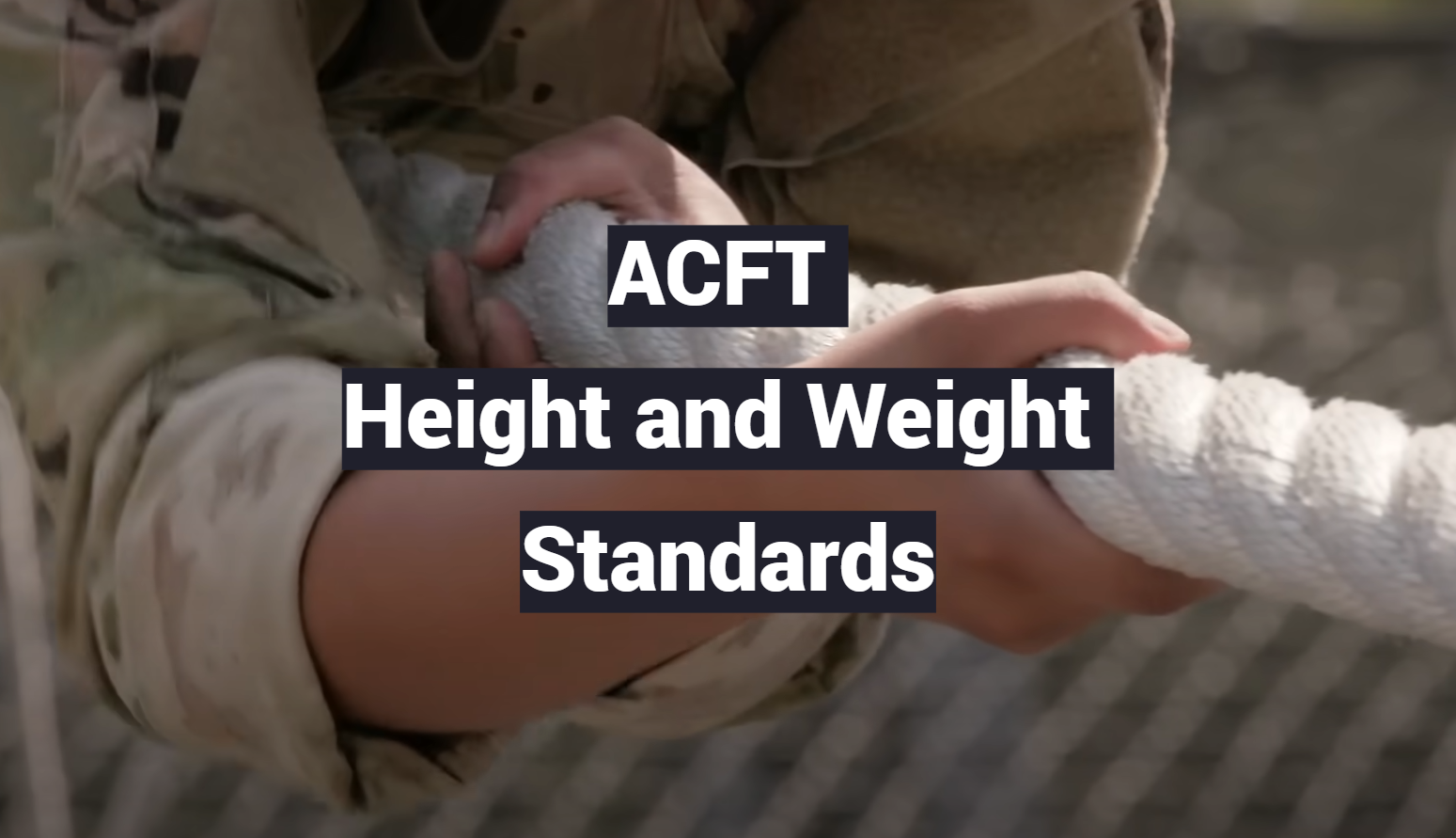




Leave a Reply